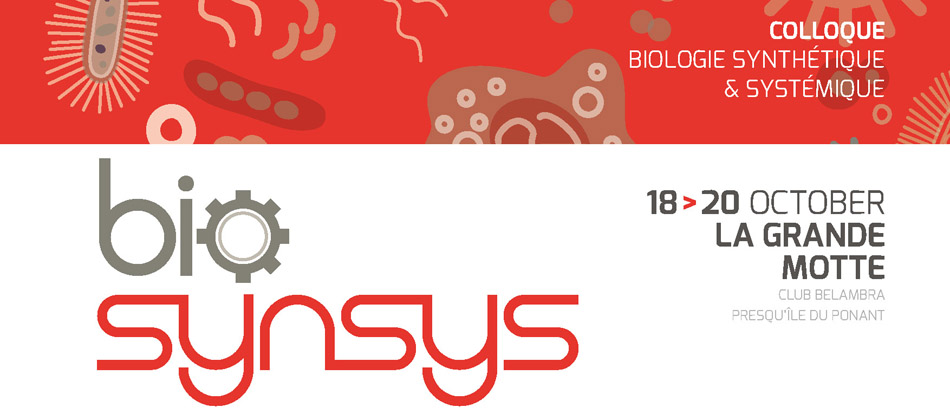1,3-Propanediol (PDO) is an important chemical that can be utilized as monomer for the synthesis of high-value polymers. PDO can naturally be synthesized from glycerol by two enzymatic steps, however to date no natural microorganisms have been found to directly use sugars to produce PDO.
We recently constructed a non-natural biosynthetic pathway towards PDO production from malate using Escherichia coli as a microbial chassis [1,2]. Since malate is a TCA cycle intermediate, the proposed route can be engineered in selected hosts with the ability to utilize different and cheap sugars. An important step in this six-step pathway consists in the conversion of the monocarboxylic acid (L)-dihydroxybutyrate (DHB) into the keto-acid 2-oxo-4-hydroxybutyrate (OHB). In this study, we utilized a rational approach to engineer a DHB dehydrogenase by using bacterial malate dehydrogenase (eMDH) as the template enzyme. Structural analysis of (L)-malate dehydrogenase and (L)-lactate dehydrogenase enzymes that act on sterically cognate substrates revealed key residues in the substrate and co-substrate binding sites which are responsible for substrate discrimination. Accordingly, mutations were introduced into three different protein regions (substrate binding site, loop exterior and coenzyme nicotinamide ring vicinity) yielding a total of twenty-four eMDH variants that were characterized on DHB, malate and lactate. The highest DHB dehydrogenase activity of 20.42 ± 0.19 U/mg was found for the quintuple mutant R81A:M85Q:I12V:G179D:D86S which corresponded to an increase of 2042-fold compared to the wild-type enzyme.
References
1. Walther T, François J. (2014) A microorganism modified for the production of 1,3-propanediol. U.S. Patent No. 9,605,283
2. Walther T, et al. (2017) Construction of a synthetic metabolic pathway for biosynthesis of the non-natural methionine precursor 2,4-dihydroxybutyric acid. Nature Communications, 8.

 PDF version
PDF version
